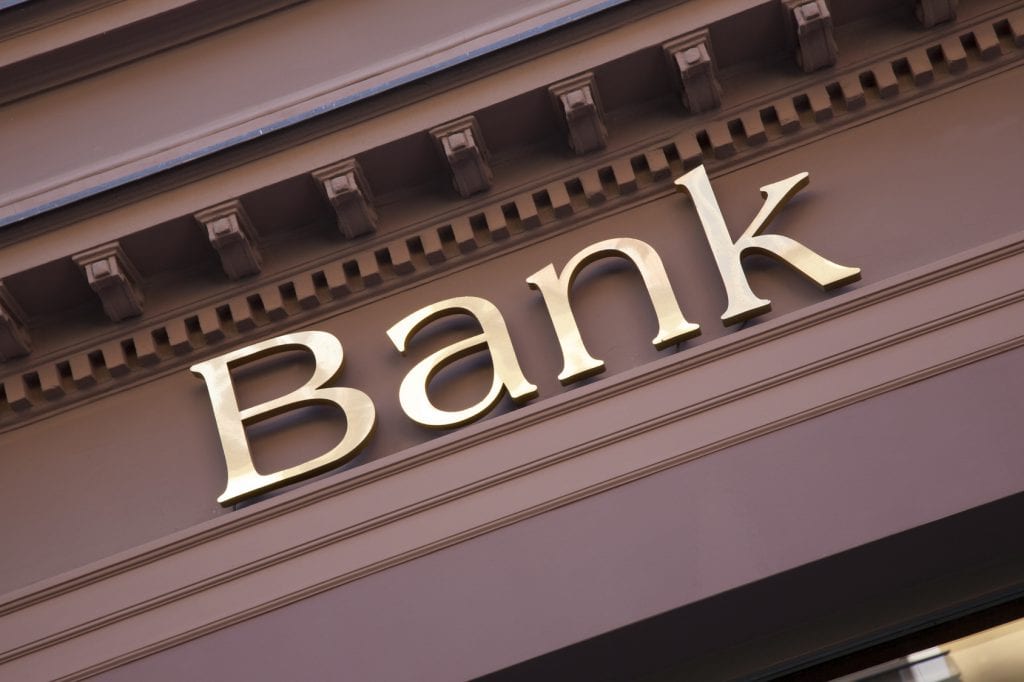The underground economy is alive and well—even in seemingly visible places like merchant websites. According to the following article, illegal merchant websites transact online business by using a legitimate business website which is where the transactions occur.
Criminal activity, including fraud, is ancient. But there is a type of merchant-based, online fraud relatively new to the payments industry. Known as Transaction Laundering (TL), this form of fraud is spreading quickly, often undetected by Merchant Service Providers (MSPs), including payment processors and acquiring banks.
MasterCard defines TL as ‘the action whereby a merchant processes payment card transactions on behalf of another merchant.’ One example of TL is when a flower shop merchant gets approval from an MSP and then links the flower shop’s payment page to other types of businesses that it did not declare during its application process. By funneling payments through ecommerce websites, transaction launderers are able to link extended networks of unreported, hidden, and often illegal websites to MSPs’ payment networks. These websites may include unlawful content such as extreme forms of pornography, illegal pharmaceuticals, gambling, and trading in drugs or weapons.
This new scheme has quickly pervaded the payment ecosystem, leading MSPs to unknowingly process illegal transactions, which result in millions of dollars in non-compliance fines, not to mention the huge reputational risk to their brands.
How did this form of fraud get to be so popular? The answer is the proliferation of payment platforms combined with the micro merchant movement. For many years, merchants needed a computer programmer or Web designer to get an e-store up and running. Today, web platforms make it fast and easy to move a business online, display a product catalogue, add a payment page and then connect to a payment method such as a credit card.
The ease of setting up an online business has created a new layer of complexity and an unmanageable data overload. This makes it difficult for MSPs to filter out fraudsters and enables these fraudsters to engage in criminal activity with little or no interruption. Since there are so many payment platforms available today, MSPs find it hard to understand where the money is coming from and where it is actually going. Our research shows that there are as many as 6% to 10% of additional unauthorized ecommerce sites on top of a merchant portfolio that MSPs may be processing without their consent or awareness. In other words, for every 10,000 known merchants, one should expect an additional 600 to 1,000 unknown merchants. That means that MSPS need to handle an insurmountable quantity of data, creating a massive problem.
No doubt this shell game is not easy to find and eliminate. Even when payment providers or authorities catch up with the illicit businesses, it seems they can just create another legitimate looking business on the web and carry on business as usual.
Overview by Raymond Pucci, Associate Director, Research Services at Mercator Advisory Group
Read the full story here
